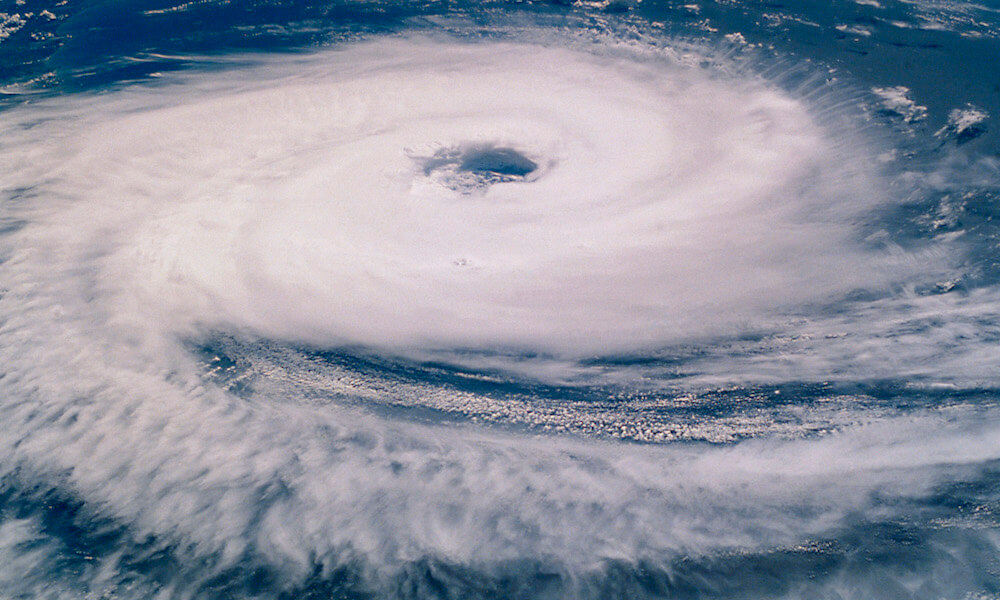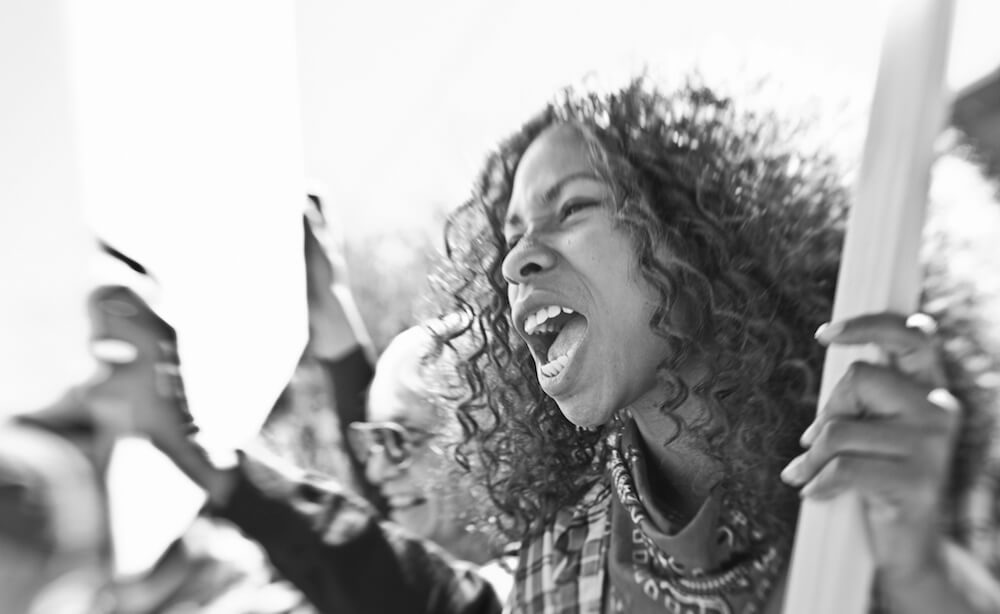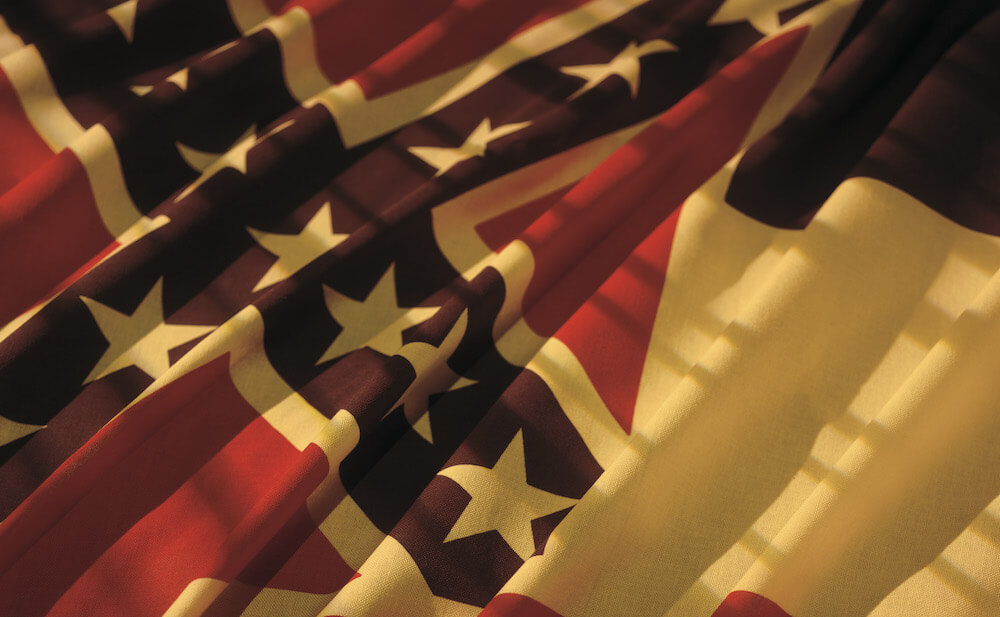With a gay protagonist, Pixar short ‘Out’ makes history
Source: AP News
Animator Steven Hunter is proud to be a part of Pixar’s first film containing an LGBTQ protagonist.

Animator Steven Hunter is proud to be a part of Pixar’s first film containing an LGBTQ protagonist.

As much as humans have shaped nature, nature has also shaped the course of human history. Read more about how hurricanes affect us.

Students protesting the Vietnam War at Kent State in 1970 were met with violence from the National Guard. Parallels can be made between what happened then and what is happening around the U.S. now. Who ultimately has the power in these situations—and should they?

Mississippi officials have finally agreed to retire their state flag containing racist symbolism.

Anthropologist Margaret Paxson writes about her struggle to quantify peace and ultimately argues that peace is knowable.

See photos retracing the route of Gandhi’s famous Salt March and learn about the photographer’s experience in this interview.

In their desperation, runaway slaves found creative ways to hide and escape. This article tells the stories of slaves who shipped themselves to freedom in crates and of others who found safe haven in the Great Dismal Swamp of North Carolina.

Elie Wiesel, author of Night and human rights advocate, died in July of 2016. The author of this opinion post suggests that Wiesel’s work has a particularly strong impact on young people.

In this book review, Laura Miller draws connections between the Transcendentalists of the 19th century and individualist movements of the 1960s and 1970s.

In this review of Woody Holton’s book Abigail Adams, we learn more about the First Lady who often reminded her husband to “remember the ladies.” Although the changes of her time had yet to extend to women, Abigail Adams was standing up for her own and other women’s rights.